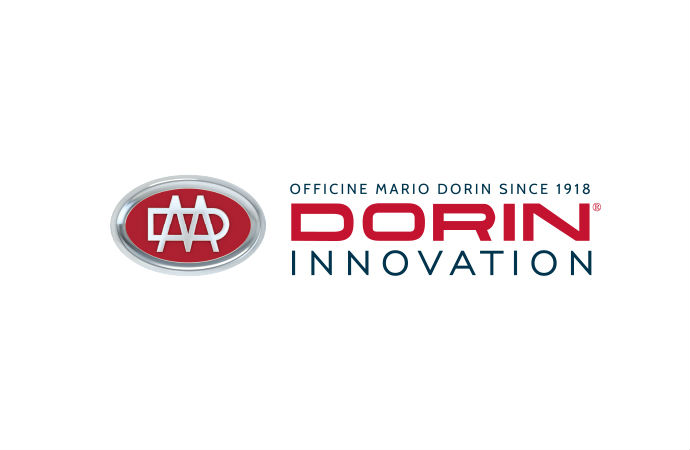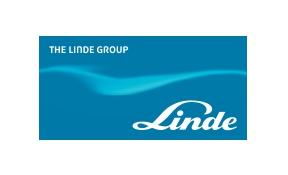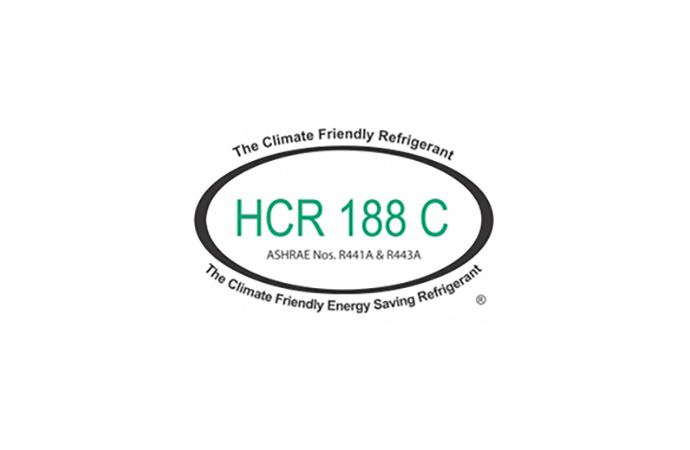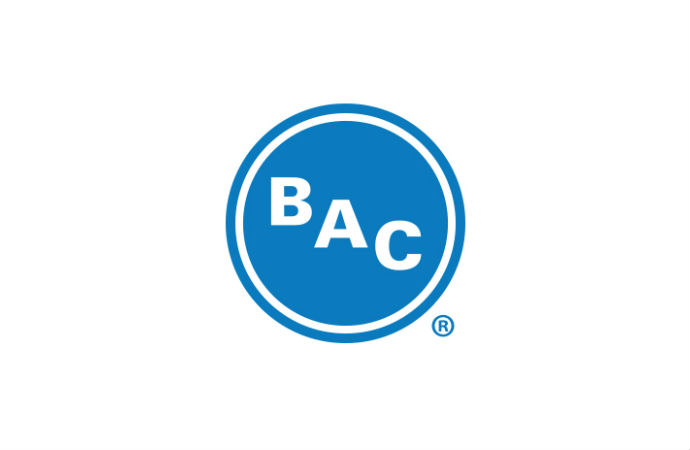After the collapse of the former USSR and the US embargo, Cuba suffered a shortage of refrigerants, a situation that led Cuban researchers to develop the hydrocarbon mixture LB-12. Over 700,000 domestic refrigerators and 10,000 small commercial systems were converted to the blend. About 15% of population has benefited with the use of LB-12 in domestic and small commercial refrigeration. At the 2012 Gustav Lorentzen Conference on Natural Refrigerants, hydrocarbons21.com spoke to Rafael Quintero R

hydrocarbons21: Can you tell us a little bit about the history of hydrocarbon refrigerant use in Cuba?
RQ: In 1994, my late professor Luis Brossard conducted research with LPG, and whilst initial results were not promising due to the pressure, the presence of sulphur, water and so on, he continued his investigation, eventually developing a process to obtain a refrigerant mixture of propane, butane and isobutane from LPG. This new refrigerant blend had similar thermodynamic properties of R12.
RQ: In two years we trained one thousand technicians on the safe use of LB12. We edited around two thousand manuals, and are now on our 8th edition; because of course we improve the manuals every year. Recently in the Good Practice Refrigeration Training organized by the Ozone Unit hydrocarbon refrigerants were also included.
RQ: There is basically no change. The only different is that now you use a zeotropic and flammable refrigerant. Then it is very similar to the procedure of any hydrocarbon refrigerant:
RQ: We do not use CO2, but we do use ammonia, and have extensive experience in using it as a refrigerant in industrial plants such as ice cream factories, breweries, warehouses etc. The Refrigeration Laboratory named Luis F. Brossard Pérez at University of Oriente, where I work as professor, developed a self-ventilated tower for cooling water. This kind of tower does not use a fan, nor electric motor. Developing nationally produced technology like this is very important for us because before we relied on importing cooling towers and mechanical ventilators, which was more expensive.
We have also developed heat recovery technology. The average temperature in Cuba is 25°C, but in the day we have temperatures higher 30 ºC. Normally the discharge temperatures are high, we are talking about maybe 120°C. To take advantage of this and recover heat we have installed heat interchanges after the compressor exit, before condenser. As a result the discharge pressure is reduced because the condenser has to reject less heat to environment. The heat recovered we use to heat feeding water of boilers –it saves fuel having water at higher temperature around 60ºC- and canbe also used to clean the systems and so on.
RQ: At my university we have retrofitted 10 air conditioning units with propane refrigerant, including the rector’s office. One of these air conditioning units was in fact Soviet Union technology, so a very old air conditioner! Our University rector agreed to use hydrocarbon refrigerant because she knows it is an ecological refrigerant and that the energy consumption is lower. Although the cooling capacity decreases slightly, for small units of about 3.5 KW or 7KW, the end-user doesn’t realize it. Perhaps, at the beginning, when you turn on the equipment, to achieve the required temperature it takes a bit longer.
Going step by step I think it will possible to convince people of the viability of hydrocarbon air conditioning if the proper safety precautions are in place.
We are now preparing with the Ozone unit a demonstration project to convert up to 500 units to propane in two years. We also have a chiller production plant in Havana and could be converted to either: ammonia, propane and R32. Today propane is the preferred option.
RQ: In 1997, at a Montreal Protocol Meeting side event, there was a workshop where we presented our experiences. The workshop had presentations on the experiences in Costa Rica, Indonesia, and Cuba was a great example because by that time we had 200,000 hydrocarbon refrigerators.
hydrocarbons21.com: What are you future plans with regards to sharing your experiences with other countries?
RQ: We have plans to offer training to other countries. Well we are open to helping everyone because we think hydrocarbons are a good solution for developing countries. They are cheap, and it is possible to obtain good production from refineries. However, this is dependent on the international market and the competition from R134a.
I would like to emphasise that training is very important. Without the proper refrigeration technician training in Cuba, it would not have been possible to convert 700,000 refrigerators to hydrocarbons!
Thank you!
RQ: In 1994, my late professor Luis Brossard conducted research with LPG, and whilst initial results were not promising due to the pressure, the presence of sulphur, water and so on, he continued his investigation, eventually developing a process to obtain a refrigerant mixture of propane, butane and isobutane from LPG. This new refrigerant blend had similar thermodynamic properties of R12.
It was tested in some systems, including exposing it to a spark in a compressor, to find out what would happen. Of course inside the compressor there is no air, and since for combustion you need air, fuel, and a spark or a flame, nothing happened. But it was important to do this test to prove to people that inside the system nothing could happen. We tested several units with both R12 and LB12 and after 6 months of operation opened the evaporator to compare the effects and found the LB12 was similar to R12. We also tested a Russian refrigerator with R12 and LB12 to determinate the energy consumption and we found that the energy consumption using LB12 was higher but TEWI (Total Equivalent Warming Impact) was lower.
In 1996 a plant, with Cuban technology, was built in the Petroleum Refinery “Hermanos Díaz” located at Santiago de Cuba to produce the refrigerant LB-12. From 1995 to 2007, according to official reports we charged around 700,000 refrigerators with LB12. At that time in Cuba we had around 2.5 million refrigerators. We also use LB12 in small commercial units such as water coolers and freezers. Around 10, 000 units have been converted to LB12. Also, some R134a refrigerators and freezers were converted to LB-12 with good results.
hydrocarbons21: How have the safety issues addressed?
RQ: In two years we trained one thousand technicians on the safe use of LB12. We edited around two thousand manuals, and are now on our 8th edition; because of course we improve the manuals every year. Recently in the Good Practice Refrigeration Training organized by the Ozone Unit hydrocarbon refrigerants were also included.
The refrigerant charge in domestic refrigerators is quite low, 50g, which is the same as in the lighter in your pocket, which nobody is worried about. The important thing is to know that you are working with a flammable substance. Technicians know to take more care because the refrigerant is flammable, and they know for example that in the workshops they cannot smoke. Also, whereas before it was ok if there was a leak of R12, now technicians know a leak could be dangerous; and we have had no incident reports.
It is safe to use hydrocarbon refrigerants. In a refrigerator with electrical defrosting, we have explained to technicians that even if the electric wire is broken the temperature will not rise to the 400°C that would make the hydrocarbon refrigerant flammable. The temperature of the wire would rise to at most 70°C, because there is a control device to stops defrosting at this temperature to avoid melting the plastic.
hydrocarbons21: What’s the drop in procedure for LB12, what are the procedures you follow? What are the safety standards and design lessons, when you replace R12 with LB12?
RQ: There is basically no change. The only different is that now you use a zeotropic and flammable refrigerant. Then it is very similar to the procedure of any hydrocarbon refrigerant:
- Recover the R12 or 134a refrigerant
- Fix the failure
- Eliminate ignition sources
- Make a vacuum
- Check for leaks
- Charge with LB-12 (40% of R12 or 45% of R134a)
- Label the unit
It is important to keep in mind that LB-12, as zeotropic mixture, must be charged in the liquid state. For any refrigerant the technician has to work in a ventilated area, and with hydrocarbons this is particularly important.
hydrocarbons21: What other natural refrigerants are used in Cuba, if any? Are there ammonia or CO2 plants?
RQ: We do not use CO2, but we do use ammonia, and have extensive experience in using it as a refrigerant in industrial plants such as ice cream factories, breweries, warehouses etc. The Refrigeration Laboratory named Luis F. Brossard Pérez at University of Oriente, where I work as professor, developed a self-ventilated tower for cooling water. This kind of tower does not use a fan, nor electric motor. Developing nationally produced technology like this is very important for us because before we relied on importing cooling towers and mechanical ventilators, which was more expensive.
We have also developed heat recovery technology. The average temperature in Cuba is 25°C, but in the day we have temperatures higher 30 ºC. Normally the discharge temperatures are high, we are talking about maybe 120°C. To take advantage of this and recover heat we have installed heat interchanges after the compressor exit, before condenser. As a result the discharge pressure is reduced because the condenser has to reject less heat to environment. The heat recovered we use to heat feeding water of boilers –it saves fuel having water at higher temperature around 60ºC- and canbe also used to clean the systems and so on.
hydrocarbons21.com: What about the use of hydrocarbons in the air conditioning sector? Recently the New York Times published several articles about the growing threat to the climate of rising air conditioning use in developing countries and the need to address this issue and switch to low GWP refrigerants. What is the situation in Cuba reagrarding natural refrigerant air conditioners?
RQ: At my university we have retrofitted 10 air conditioning units with propane refrigerant, including the rector’s office. One of these air conditioning units was in fact Soviet Union technology, so a very old air conditioner! Our University rector agreed to use hydrocarbon refrigerant because she knows it is an ecological refrigerant and that the energy consumption is lower. Although the cooling capacity decreases slightly, for small units of about 3.5 KW or 7KW, the end-user doesn’t realize it. Perhaps, at the beginning, when you turn on the equipment, to achieve the required temperature it takes a bit longer.
At present, the Petroleum Refinery in Santiago de Cuba is equipped with the hydrocarbon separation system, producing pure propane and pure isobutane. So we have the capacity to supply hydrocarbon refrigerants for air conditioners too. It will also be possible to obtain a binary mixture with higher quality to use as drop-in refrigerant in systems designed to R-134a.
Going step by step I think it will possible to convince people of the viability of hydrocarbon air conditioning if the proper safety precautions are in place.
We are now preparing with the Ozone unit a demonstration project to convert up to 500 units to propane in two years. We also have a chiller production plant in Havana and could be converted to either: ammonia, propane and R32. Today propane is the preferred option.
hydrocarbons21.com: How can you transfer the experience you’ve had with hydrocarbon refrigerants to other developing countries?
RQ: In 1997, at a Montreal Protocol Meeting side event, there was a workshop where we presented our experiences. The workshop had presentations on the experiences in Costa Rica, Indonesia, and Cuba was a great example because by that time we had 200,000 hydrocarbon refrigerators.
Then, in 2004, there was a meeting in Havana with UNEP for Central American English speaking countries attended by many representatives from island nations. At this event we trained several people and provided information about our experiences. Two years later, in 2006, we visited Jamaica, where Duracool 22a, a hydrocarbon refrigerant, is used in air conditioners. Some other islands have also tried it, but not in the same quantities as Jamaica. We have also shared our experiences in Honduras, Venezuela, and in Costa Rica.
hydrocarbons21.com: What are you future plans with regards to sharing your experiences with other countries?
RQ: We have plans to offer training to other countries. Well we are open to helping everyone because we think hydrocarbons are a good solution for developing countries. They are cheap, and it is possible to obtain good production from refineries. However, this is dependent on the international market and the competition from R134a.
Hydrocarbons are natural refrigerants, friendly to the environment and I think is easy to use, with few differences compared to the traditional refrigerants we normally use.
I would like to emphasise that training is very important. Without the proper refrigeration technician training in Cuba, it would not have been possible to convert 700,000 refrigerators to hydrocarbons!
Thank you!
MORE INFORMATION
Related stories


















_1490973133.png)

